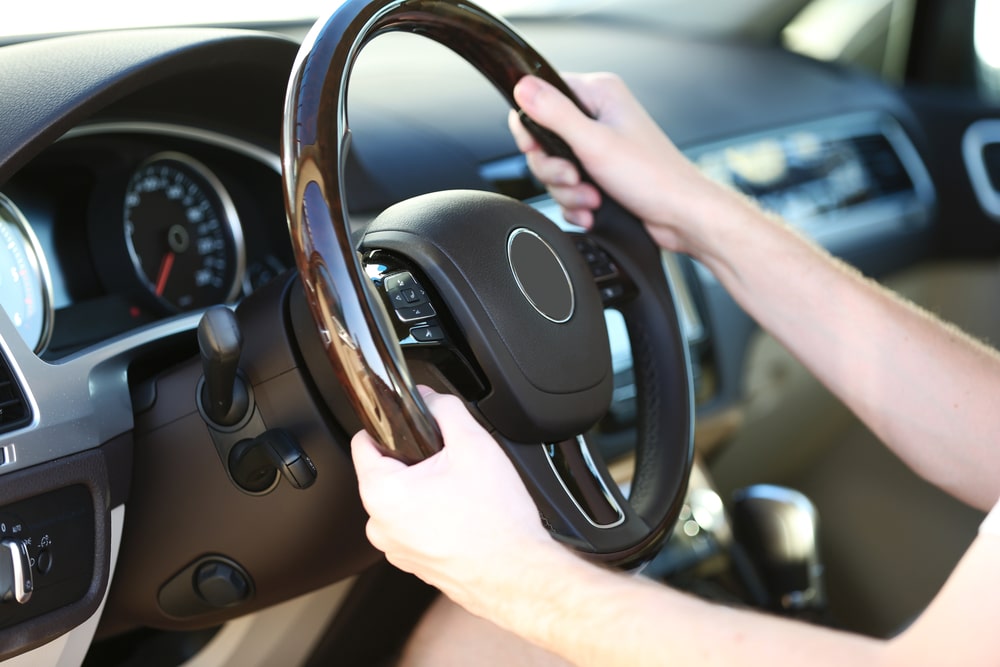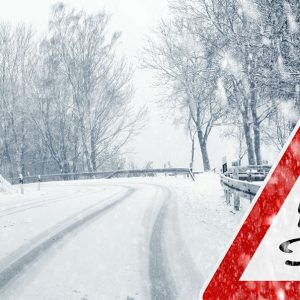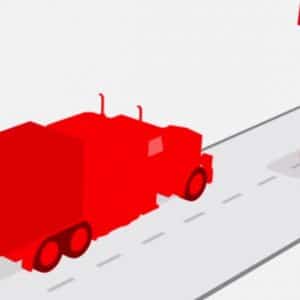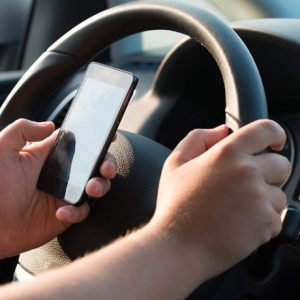Regular use of the car entails considerable fuel costs. In addition, there is a direct link between mileage and maintenance service frequency.
Bright Side put together 8 life hacks that will help you to cut not only fuel but also maintenance costs.
8. Don’t put the pedal to the metal.
On the roads one sees many drivers who love to slam on the acceleration. However, we were told in the driving school that acceleration and braking should be done smoothly because it guarantees reduced fuel consumption. When you accelerate sharply, it makes your car consume more energy, thus fuel consumption also increases.
7. Use cruise control on the highway.
If you follow speed limits and use cruise control instead of accelerating on each open road section, your vehicle will consume much less fuel. Your car must increase engine speed, increasing fuel consumption, in order to cope with wind drag.
6. Undergo servicing on time.
It is necessary to change the oil filter and oil every 4,500 miles. Also, don’t forget to replace the air filter and the plugs. Do this on time to avoid additional expenses. Otherwise, it can lead to engine failure, and that kind of repair is very expensive.
5. Turn off the air conditioning.
In this case, everyone must decide for themselves which is more important: comfort or fuel economy? With the air conditioner turned on, fuel consumption increases by 15% on average. The other electrical appliances are not so fuel hungry. So if you turn off the air con, you will save approximately 1 halon of gas per 100 miles.
4. Make the route logistically efficient.
If you plan your route efficiently, it will help you to save on gas expenses, especially during the winter months. A cold engine will consume more fuel for the first 5 miles or so. Try to combine all your daily errands into one big trip so as not to warm up the engine a few times a day.
3. Don’t drive when it rains.
There’s a high risk of an accident when it rains. But apart from that, there is also a higher fuel consumption. The vehicle consumes a lot of energy on dry days when it accelerates to handle the wind drag. On rainy days, the water resistance on the road is even higher.
2. Monitor your tire pressure.
First and foremost, properly inflated tires provide an optimal braking path. Second, if the tires are underinflated by at least 0.1 atm, it can cause a 2-3 percent increase in fuel consumption. That is why it is so important to monitor the level of pressure in the tires and keep it in accordance with the recommended level, especially during cold weather.
1. Remove unnecessary weight.
Some drivers, regardless of whether they need it or not, prefer to carry everything in the car. It’s better to unload the trunk and keep only the necessary items like a spare wheel, a tire jack and cap keys. The more weight your vehicle carries, the more fuel it consumes. 1












